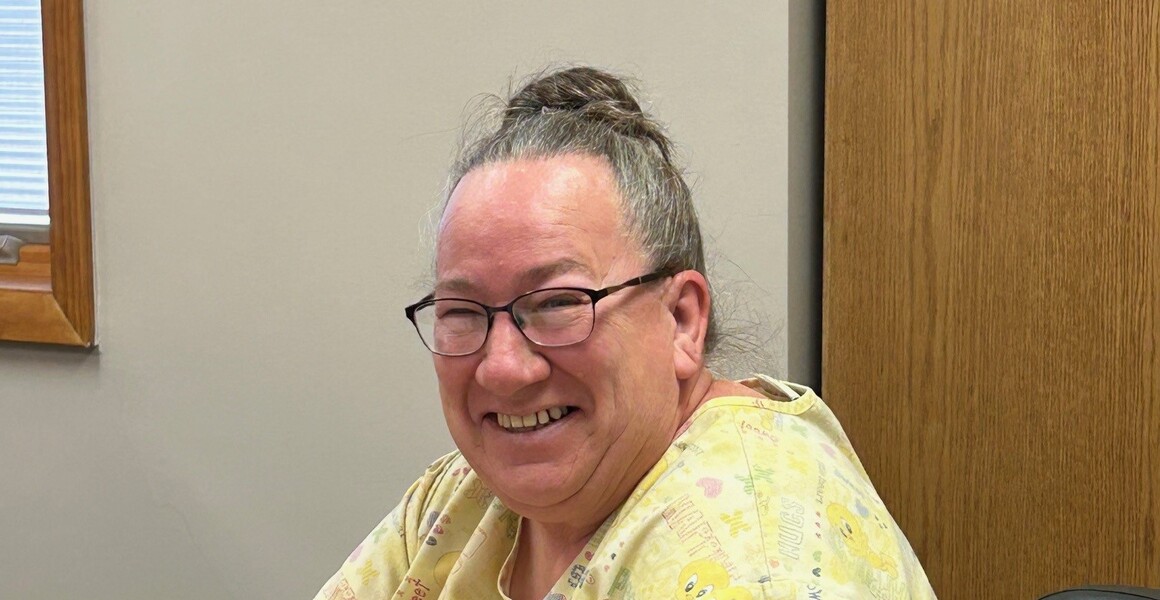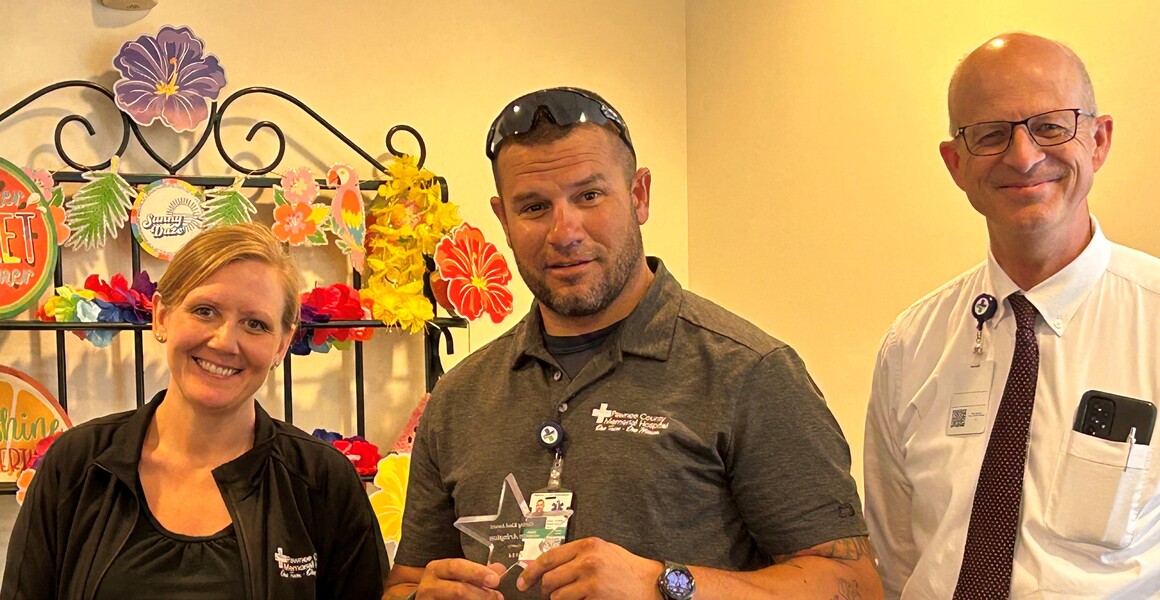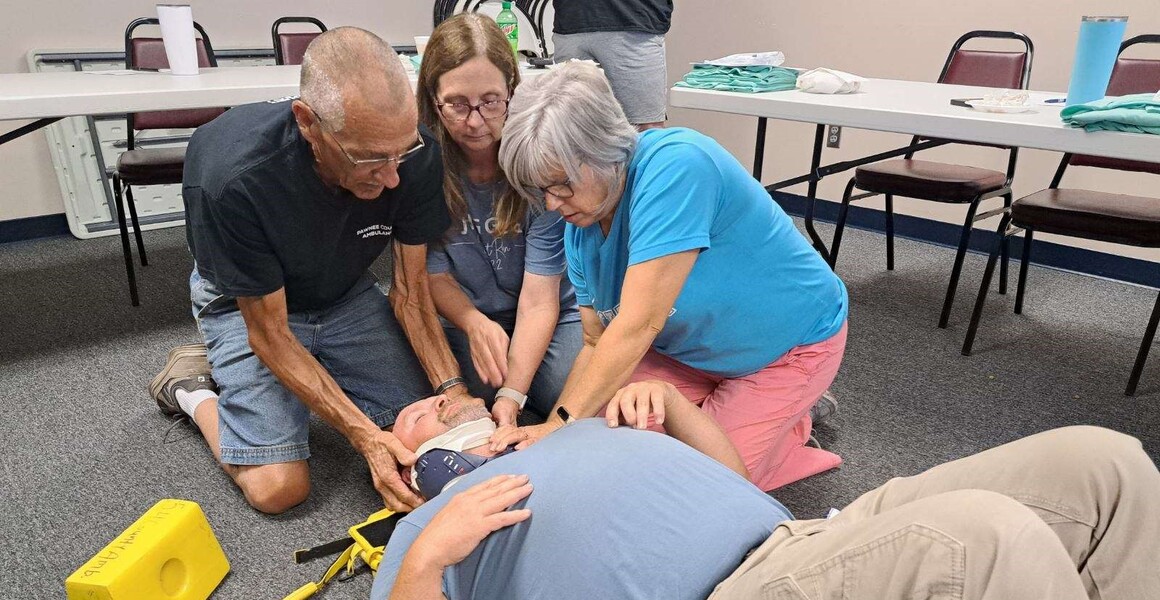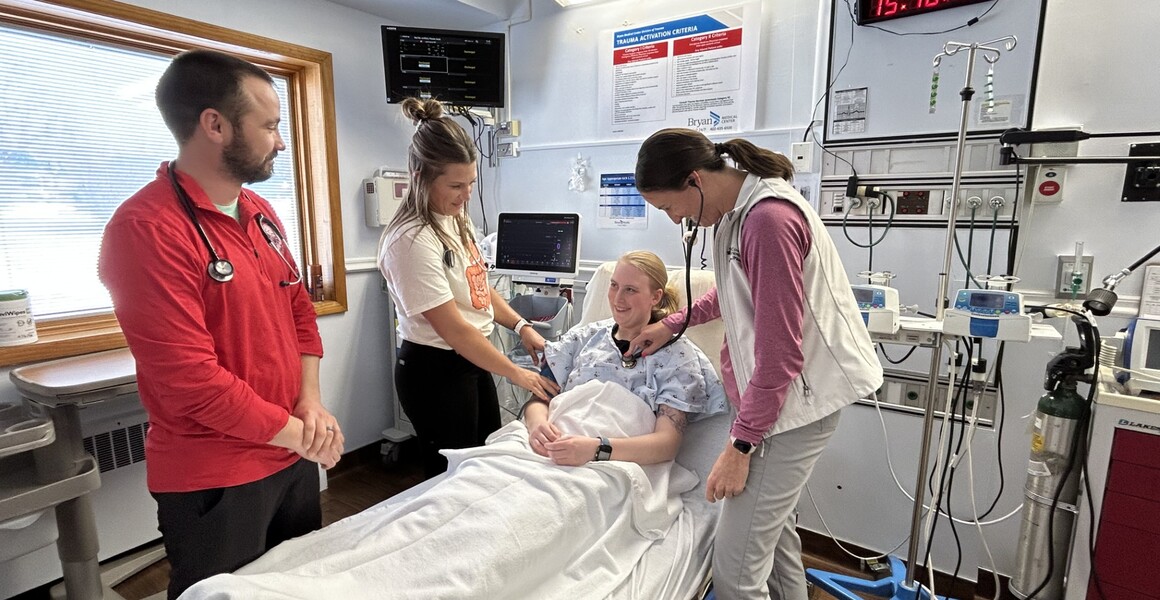Seasonal Affective Disorder
By Dr. Abby Hanzlicek
As we officially approach winter, many people find themselves experiencing mood changes. Sometimes, this is just winter blues, but for others it can turn into a more persistent condition called seasonal affective disorder. This is a type of depression that tends to occur at a specific time of year. It most often occurs in the winter months, and it can significantly affect quality of life. It typically occurs in the winter due to less natural sunlight, although it can occur in warmer months for some individuals.
Seasonal affective disorder symptoms are like major depressive disorder, but the main difference is that it is seasonal. People may experience mood changes, hopelessness, difficulty concentrating and lack of energy. Other symptoms include changes in appetite, changes in sleep pattern, loss of interest in activities and social withdrawal. Some people may even have physical symptoms such as headaches, body aches and other physical complaints often related to depression. Symptoms typically disappear in the spring or summer.
The exact cause of seasonal affective disorder is not fully understood but several factors are thought to contribute. Reduced sunlight exposure can lead to disruption in the body's internal clock or circadian rhythm. This can lead to sleep disturbances, mood changes, and hormone production alterations. Lack of sunlight can also cause a drop in serotonin levels which can lead to symptoms of depression. Vitamin D deficiency has been linked to depression and with less sunlight, people are exposed to less vitamin D during the winter months. Genetic and environmental factors have also been implicated.
Risk factors include living in Northern latitudes or regions with long winters, female gender, family history of mood disorder, personal history of depression for existing mental health conditions, and being between the ages of 18 and 30. Treatments include light therapy, cognitive behavioral therapy, medications, vitamin D supplementation, sleep hygiene, and lifestyle changes such as regular physical activity and a healthy diet. You can help prevent it by maximizing sunlight exposure, exercising regularly, maintaining a social support system and/or using a light box
Seasonal affective disorder affects many individuals during this time of year. If you feel like you are experiencing the symptoms above, it will be important for you to discuss it with your healthcare provider. There are options to treat your symptoms available!










